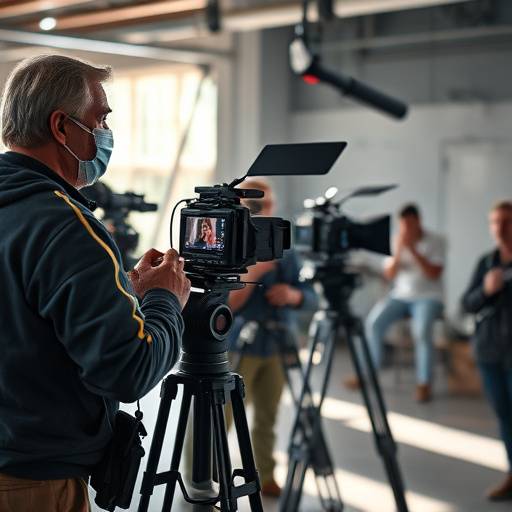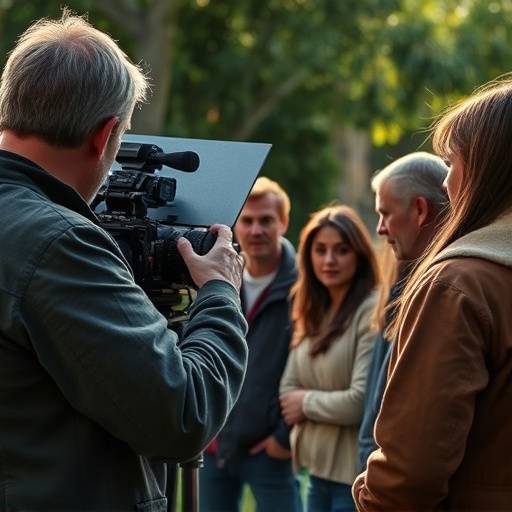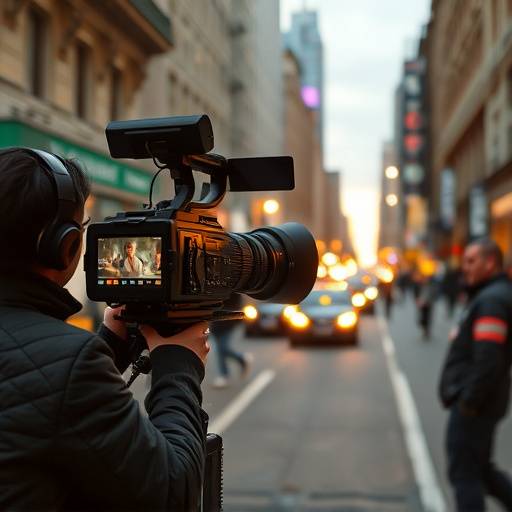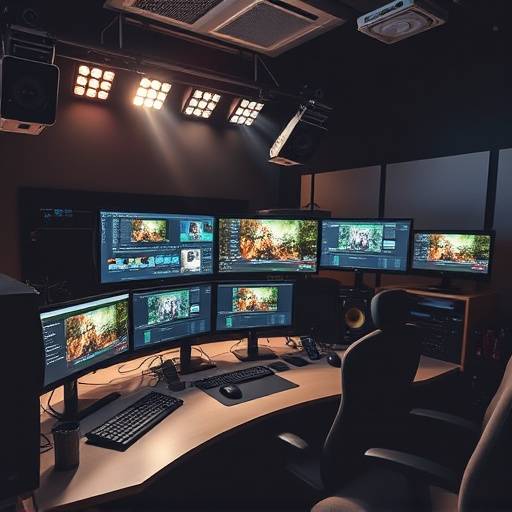Visual storytelling is a cornerstone of filmmaking, and mastering the art of directing without relying on dialogue is a powerful skill for any director. It challenges you to communicate emotions, advance the plot, and reveal character nuances solely through visual elements such as camera angles, lighting, composition, and actor performance. This approach forces directors to think creatively and rely on the fundamental building blocks of cinematic language.
Consider the masterful use of silence and visual cues in films like "The Artist" or the opening sequence of "Wall-E." These examples demonstrate how effective visual storytelling can be in engaging audiences and conveying complex narratives. The director's responsibility is to carefully orchestrate each shot, ensuring that every visual element contributes to the overall story.
Key techniques include using close-ups to convey emotion, wide shots to establish setting, and dynamic camera movements to create tension or excitement. Furthermore, paying attention to color palettes and lighting can significantly enhance the mood and atmosphere of a scene. Experiment with these techniques and analyze how renowned directors have used them to craft unforgettable visual narratives.



